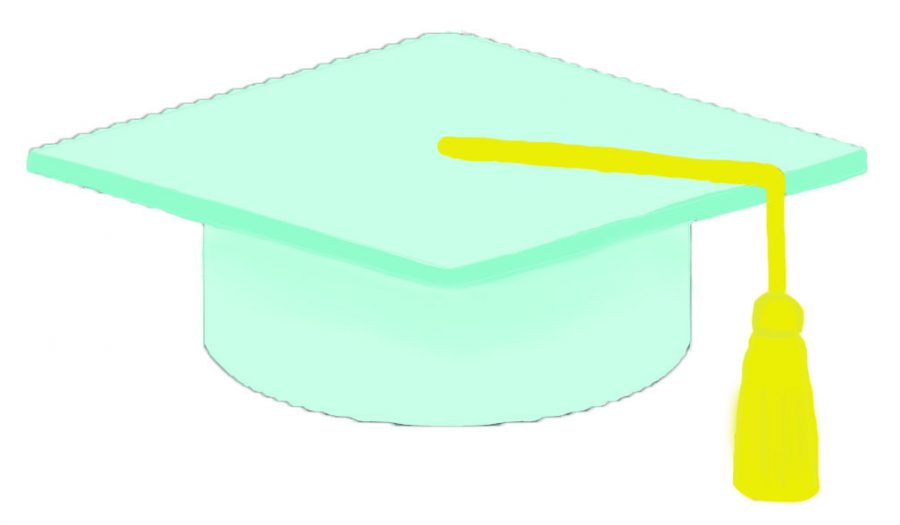Redrawing Public School District Lines Creates Equality of Education
New districts help desegregate
March 9, 2020
A well educated public is essential to the success and prosperity of our communities at home and abroad. However, due to the achievement gap, many students arenít receiving the proper quality of education to make this goal a reality, and consequently, are falling behind in school. This inequality in studentsí education could be detrimental to our countryís future if it isnít addressed.
According to a report from the Federal Reserve Bank of Minneapolis, Minnesotaís achievement gap is one of the worst in the country. Although there have been some efforts by Alan Page and others to make constitutional reforms, the issue is far from solved. More direct action is needed from school boards/districts and the local government to get to the heart of it.
The achievement gap affects students of color, but it is a socio-economic problem as well. In impoverished areas, students arenít getting the same quality of education as those in wealthier areas. In general, wealthier neighborhoods are less diverse, so the socioeconomic and racial inequalities are somewhat connected.
In order to address these inequalities, Minneapolis Public Schools is proposing to relocate its schools to the center of the city, reconfiguring grade levels, and redrawing school attendance lines. In doing so, Minneapolis Public Schools hope to offer equal access, decrease the number of high poverty schools, and reduce the number of racially segregated schools. MPS hopes that through integration, the achievement gap will become smaller.
Another possible solution is mixing kids up among different school districts through forced busing or another similar method. However, this proposed solution is risky as forced busing has sparked opposition in the past.
I think that redrawing school district lines would be most beneficial and instigate the least opposition. In Minneapolis, neighborhoods are both racially and economically segregated, causing school districts to be segregated as well. According to The Atlantic, the number of Minneapolis schools where fewer than one in ten students are white has increased sevenfold since 2000 and the number of high-poverty neighborhoods has tripled since that time. By mixing high and low poverty neighborhoods among school districts, high-poverty studentsí would have a better chance of reaching their full potential.
All people should have the opportunity to reach their full learning potential no matter their race or ZIP code. Minneapolis Public Schools proposed solutions, seem to be the most effective in achieving this goal.
